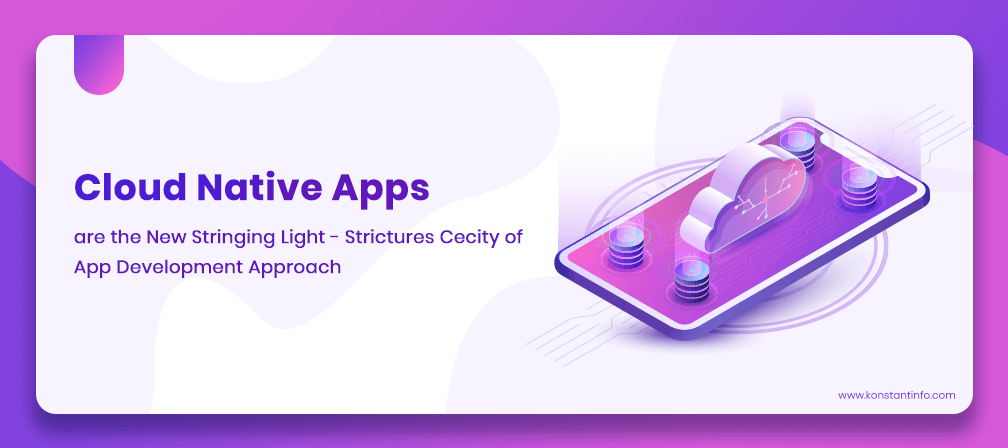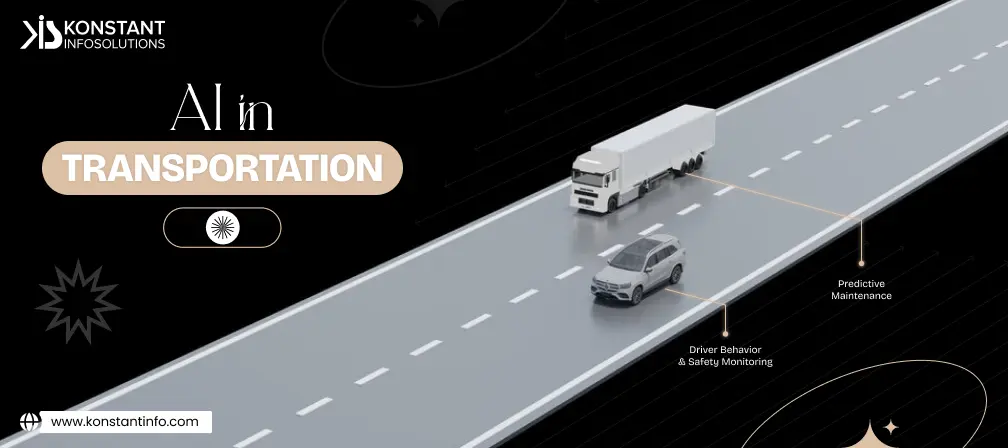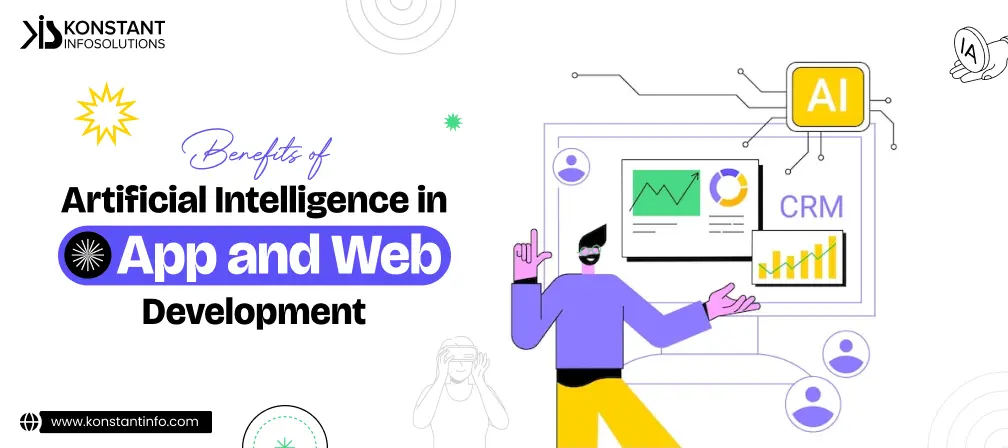
Once Tim Spann (a solutions engineer with over a decade experience in Java Programming, IoT essentials, big data, distributed computing, streaming technologies, and blogging), stated that good code cannot alone do justice to the application as long as the process and platform are not appropriate. Gowithing with him, a culture that embraces micro-services, DevOps is essential for the health of a native cloud application.
A clever combination of 12-factor application pattern combined with cloud and micro-services is all that is required rather than remaining stuck and bounce between development and QA.
As an old-man approach, organizations have been keenly investing and evolving their cloud environments as a means of leveraging their technologies to drive their business forward.
More than 70 % of the organizations globally have a portion of their applications or computing infrastructure already in the cloud. Organizations are not to be questioned for whether or not they will adopt cloud or not, but how they will?
Cloud native applications are less risky, deploy fast and help grow business. Extracting all the basic advantages from cloud computing model and restructuring the competitive landscape across virtually every industry – these have been successful in eliminating the focus of businesses on capital investment and staff to run an enterprise data center, supplementing it with boundless computing power in-demand and a pay-as-you-go option.
The reason why more and more startups are taking up cloud-native approach in developing applications is that they comparatively reduce the cost to develop in the IT industry.
Designed specifically for cloud computing architecture native cloud applications (NCA) are designed to expand cloud computing frameworks which are composed of loosely-coupled cloud services.
The developer, in this case, is liable to break down tasks into specific services that can run on several servers in different locations. Computational services and resources can be scaled horizontally which proves to be cost-effective. However, adding up to it, being cloud-native is more than just moving some of your essential data on a cloud platform. Slightly different from traditional enterprise applications, development approach, cloud-native applications involve a completely different approach to infrastructure, cloud application development, and team structure. It comes through as a way of approaching the development and deployment of applications in such a way which takes all key cloud process and workflows into account.
| Cloud Native Applications | Traditional Enterprise Applications | |
| Predictability | Cloud native applications are designed to maximize resilience via predictable behavior. These confirm with highly automated, container driven infrastructure that is used in a cloud platform. | The traditional application is built in a way that they are not able to realize all of the benefits of running on a cloud-native platform due to the architecture. These applications take longer to build, release in big batches, scale gradually and have single points of failure. |
| OS Abstraction | Cloud native application architecture makes developers use the platform as a means of keeping underlying infrastructure dependencies separate, to enable simple migration and scaling of the application. | Close dependencies exist between apps and underlying OS and hardware, storage and backing devices. This makes scaling and migration risky and complex. |
| Capacity Just Right In Size | Optimizing the application lifecycle management, a cloud-native application platform automates infrastructure provisioning and configuration and allocates and re-allocates dynamically at deploy time, depending upon the application requirement. | Deployment of the application is delayed, thus producing an over-sized application that cannot be scaled beyond to meet demand. |
| Collaboration | Facilitating DevOps (People, process and tools) cloud-native results in a close collaboration between dev and operations function to speed and smoothen the transfer of the finished application code into production. | It often happens that organizational priorities take precedence over custom value, thus compromising delivery and staff morale. |
| Independence | A full-fledged cloud-native application includes automation and orchestration that makes it easy to build and run an application that can be easily managed. | Grouping disparate services into a single deployment package causes unnecessary dependencies between services that lead to loss of agility during development and deployment. |
| Rapid Recovery | Dynamic, high-density virtualization overlay on top of VM, required to host micro-services. This orchestration dynamically manages placement of containers across a cluster of VM’s thus providing elastic scaling and restart/recovery in the event of failure. | VM based infrastructure is often the slow and inefficient foundation for micro-service based apps – because VM’s come with large overheads. |
Cloud application development is done via languages that are best suited for the functionality. Essentially packaged as lightweight containers, these can scale in and out rapidly according to the need of the application, thus reducing the infrastructure utilization. Each service exists and operates independently of each other. Scaling of infrastructure and application architecture results in efficiency and high performance. Making use of lightweight API’s these are based on REST, gRPC or NATS. Stateful and stateless services and sometimes within micro-storage environments, are separated within cloud-native apps. These do not have an affinity for any operating system or any particular machine. However they might use certain capabilities, including solid-state drives (SSDs) and graphics processing units (GPUs), that may be exclusively offered by a subset of machines. Cloud native applications are exclusively deployed on virtual, shared and elastic infrastructure and managed through agile DevOps processes. These align with the governance model which is defined via a set of policies adhering to certain policies and allocating resources to services.



Neeti Kotia is a technology journalist who seeks to analyze the advancements and developments in technology that affect our everyday lives. Her articles primarily focus upon the business, social, cultural, and entertainment side of the technology sector.
Or send us an email at: [email protected]